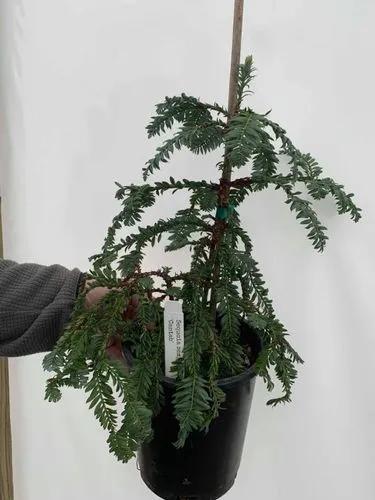Easily grown average, medium to wet soils in full sun to part shade. River birch is perhaps the most culturally adaptable and heat tolerant of the birches. Prefers moist, acidic, fertile soils including semi-aquatic conditions, but also tolerates drier soils. Consider using soaker hoses and bark mulches to keep the root zones cool and moist. Adapts well to heavy clay soils of Missouri and will tolerate poor drainage. Avoid pruning in spring when the sap is running.
Black Birch Care
Betula Nigra



Betula nigra, the black birch, river birch or water birch, is a species of birch native to the Eastern United States from New Hampshire west to southern Minnesota, and south to northern Florida and west to Texas. It is one of the few heat-tolerant birches in a family of mostly cold-weather trees which do not thrive in USDA Zone 6 and up. B. nigra commonly occurs in floodplains and swamps. Betula nigra is a deciduous tree growing to 25–30 meters (80–100 ft) with a trunk 50 to 150 centimeters (20 to 60 in) in diameter. The base of the tree is often divided into multiple slender trunks. Bark Bark characteristics of the river birch differ during its youth stage, maturation, and old growth. The bark of a young river birch can vary from having a salmon-pink to brown-gray tint and can be described as having loose layers of curling, paper thin scales. As the tree matures, the salmon-pink color is exchanged for a reddish-brown with a dark grey base color. The scales on a mature tree lack the loose curling and are closely pressed into thick, irregular plates. These scales are slightly separated from the trunk and can shift outward to the side. Once the river birch ages past maturity, the scales become thicker towards the base of the trunk and are divided in deep furrows. Leaves and fruit The twigs are glabrous or thinly hairy. There is an absence of terminal buds, and lateral buds often have a hook at the tip of the bud, which differs from other species in the family Betulaceae.[4] The leaves are alternate, ovate, 4–8 centimeters (1 1⁄2–3 1⁄4 in) long and 3–6 centimeters (1 1⁄4–2 1⁄4 in) broad, with a serrated margin and five to twelve pairs of veins. The upper surface of the leaf is dark green in color, while the underside can be described as having a light yellow-green color.The leaves turn yellow in Autumn. The flowers are wind-pollinated catkins 3–6 centimeters (1 1⁄4–2 1⁄4 in) long, the male catkins pendulous, the female catkins erect. The fruit is unusual among birches in maturing in late spring; it is composed of numerous tiny winged seeds packed between the catkin bracts.
How to Care for the Plant

Popularity

1,171 people already have this plant 103 people have added this plant to their wishlists
Discover more plants with the list below
Popular articles






